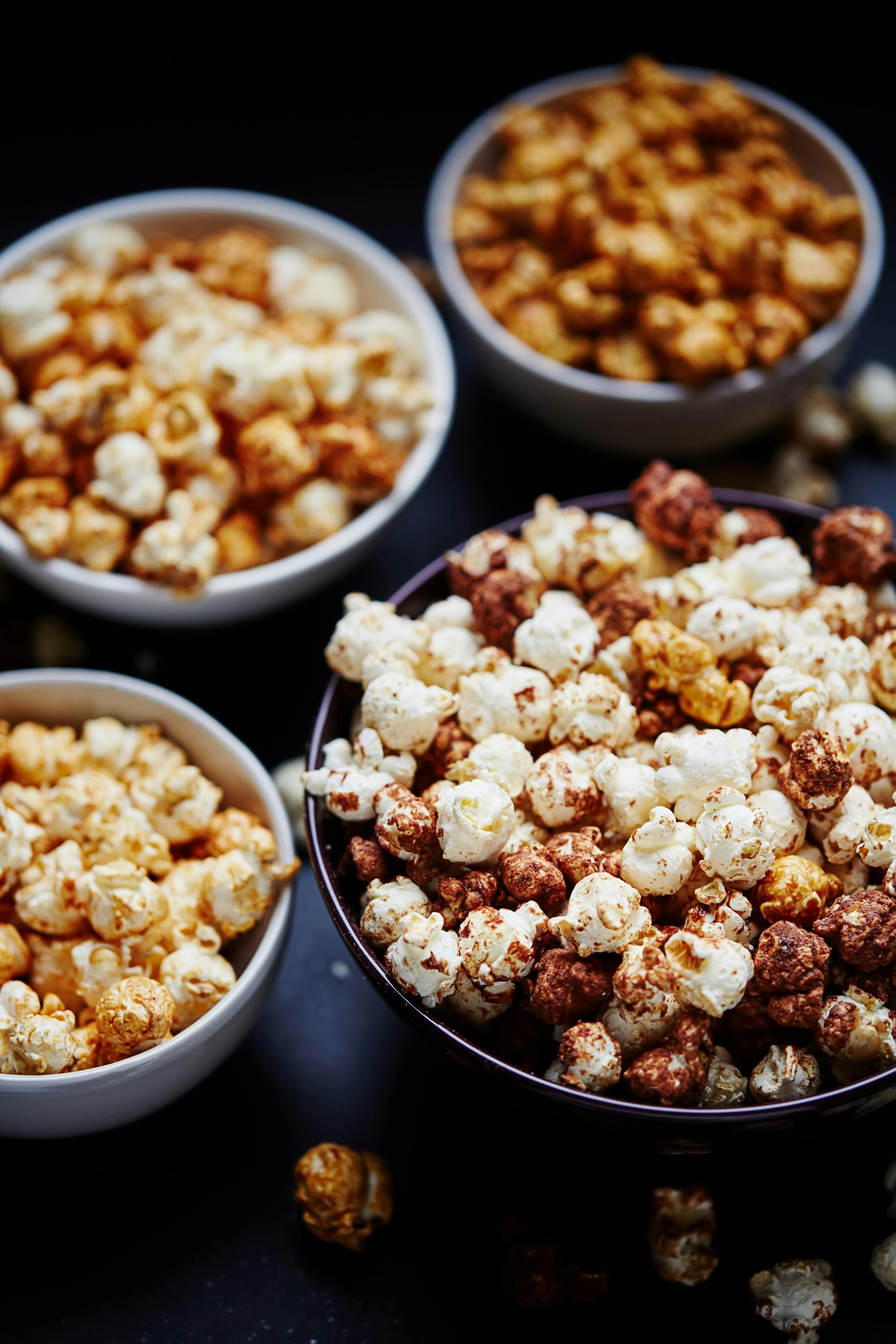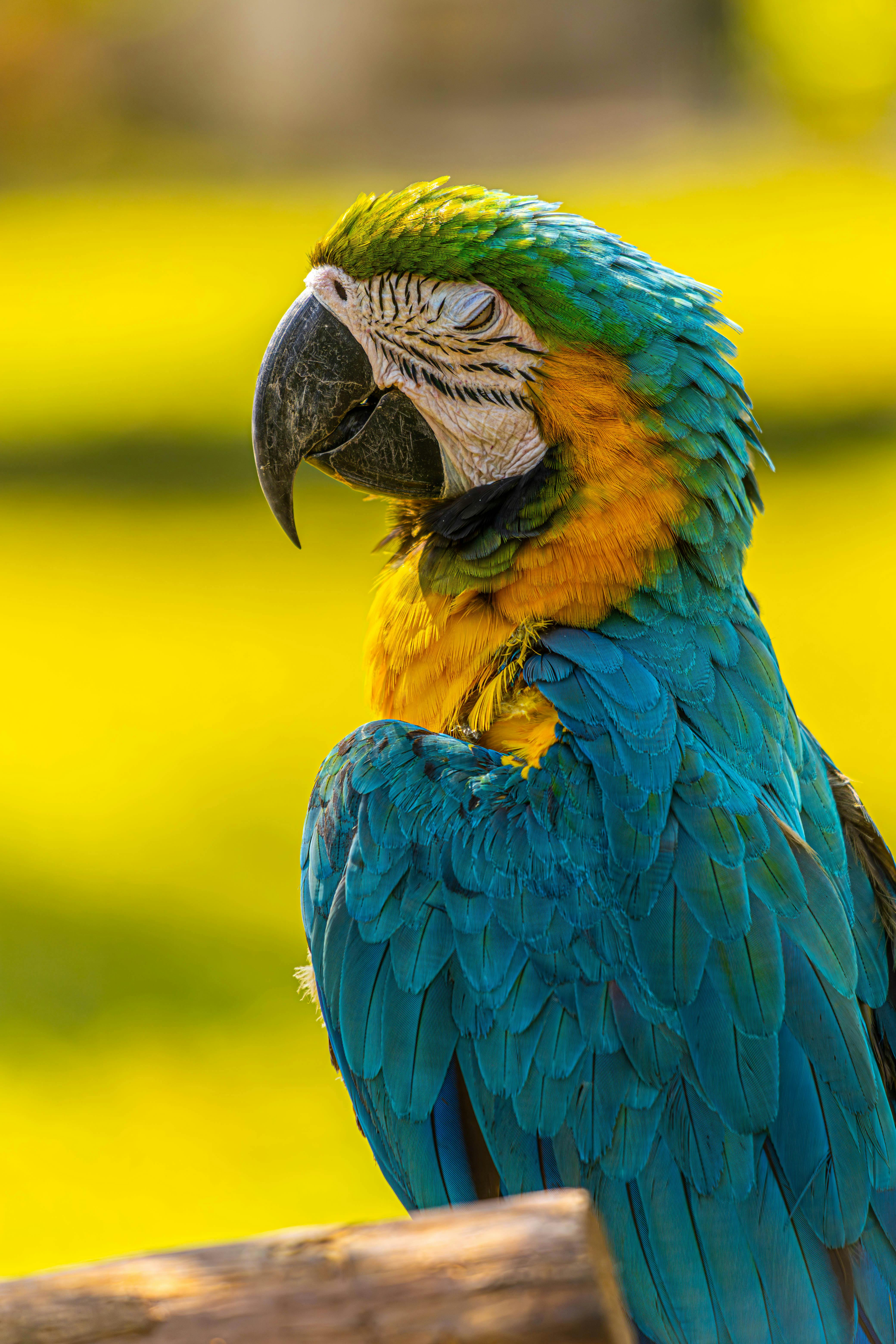
Smart Ways to Create the Ideal Pea Puffer Tank in 2025
Creating the perfect environment for your pea puffer fish, also known as the dwarf puffer, requires careful consideration of various factors. These charming little fish have distinct needs that differ from many traditional aquarium pets. As one of the most engaging freshwater puffers, pea puffers thrive when their habitat mimics their natural surroundings. In this article, we will explore essential concepts such as pea puffer tank setup, water conditions, tank mates, and feeding strategies. By understanding these elements, you can establish a thriving and harmonious environment for your pea puffers, ensuring their health and happiness.
The benefits of having pea puffers in your aquarium are manifold. Known for their quirky personalities and vibrant colors, these fish make excellent pets for enthusiasts looking to showcase unique aquatic life. Additionally, they can play a role in maintaining the ecological balance of your tank with their behaviors and dietary preferences. Following our roadmap will guide you through each step necessary for developing a suitable habitat for these delightful creatures.
By the end of this article, you'll have a clear understanding of the optimal tank conditions and requirements for keeping pea puffers, including practical tips and insights from experts. So, let's dive into the fascinating world of pea puffers!
Essential Guide to Pea Puffer Tank Setup
Building on these fundamentals, the first step in creating a successful pea puffer tank is understanding the unique setup requirements for these fish. The ideal pea puffer tank should avoid aggressive or overly competitive species, as these fish are territorial by nature. Therefore, selecting tank mates is critical to ensure harmony.
Understanding Tank Size for Adult Pea Puffers
The minimum tank size for adult pea puffers should be around 10 gallons. However, a 20-gallon tank is recommended to accommodate their territorial behavior and to provide more space for swimming and hiding. A larger tank will help avoid conflicts, as pea puffers can exhibit aggression towards one another if they feel cramped. This extra space allows you to create distinct territories within the tank.
Establishing Optimal Water Conditions
Pea puffers thrive in specific water conditions. Ideal water parameters include a pH level between 6.5 and 7.5, a water temperature range of 75 to 81 degrees Fahrenheit, and low to moderate water hardness. Regular water changes are crucial for maintaining optimal conditions, as these fish can be sensitive to water quality. Implementing an efficient tank filtration system will ensure a clean environment, which is vital for their overall health.
Creating Effective Tank Decorations
To optimize the living space for your pea puffers, focus on creating an environment that mirrors their natural habitats. Incorporating plants, driftwood, and decorations will provide hiding spots, which reduce stress and encourage natural behaviors. Using floating plants can also help to mimic their aquatic environment. Be mindful of sharp edges, as pea puffers possess delicate skin.
Tank Filtration for Pea Puffers
An effective filtration system is essential for maintaining water quality. Avoid strong currents, as these can be overwhelming for pea puffers. A sponge filter is often a good choice, providing gentle filtration while also serving as a habitat for beneficial bacteria. Additionally, regular maintenance of the filtration system is vital for the longevity of your aquatic ecosystem.
Understanding Pea Puffer Care and Feeding
With the tank setup in place, let's take this concept further by focusing on specific care requirements and feeding habits for your pea puffers. Proper nutrition and care are essential for their well-being and longevity in your aquarium.
Feeding Habits of Pea Puffers
Pea puffers are carnivorous, requiring a diet rich in protein. Include a variety of suitable food options to meet their dietary needs. Bloodworms, snails, and small crustaceans provide essential nutrients. Although they are enthusiastic eaters, it's crucial to avoid overfeeding. A balanced feeding routine will help prevent health issues, with a recommended feeding frequency of 2-3 times per week.
Understanding Pea Puffer Health Issues
Monitoring the health of your pea puffers is essential, as they can be prone to various ailments. Signs of stress or illness include changes in behavior, such as lethargy or unusual swimming patterns. Regular check-ups and prompt treatment for any health concerns will go a long way in maintaining a robust aquarium environment. Maintaining optimal water conditions will also help prevent many health issues.
Long-Term Care for Pea Puffers
Ensuring the longevity of your pea puffers involves creating a stable environment, maintaining their living conditions, and providing appropriate diet. The average lifespan of a pea puffer is around 3-5 years, but with the right care, they can live longer. Regular water changes, a balanced diet, and monitoring behavior will contribute to their health across their life span.

Best Tank Mates for Pea Puffers
Now that we’ve covered the essentials of pea puffer care, it's time to discuss suitable tank mates for these intriguing fish. Selecting the right companions is crucial for a harmonious ecosystem in your aquarium.
Choosing Peaceable Tank Mates
Pea puffers are known for their territorial nature, making it essential to select peaceable tank mates. Species such as certain types of shrimp, like cherry shrimp, and some peaceful fish, such as neon tetras, typically coexist well in a pea puffer tank. When introducing other fish, ensure that they have compatible personalities and similar environmental needs.
Compatibility with Snails
One of the unique aspects of keeping pea puffers is their interaction with snails. Snails can serve as both food and enrichment for pea puffers, but care should be taken to monitor their population. Too many snails can become problematic. Choose snail species that can sustain the puffer's feeding habits without overpopulating the tank.
Avoiding Aggressive Species
Be cautious when selecting tank mates, as aggressive species can pose a threat to your pea puffers. Avoid larger or more territorial fish, which may stress or harm your puffers. Conduct thorough research on any species you consider introducing to ensure compatibility and a peaceful environment.
Setting Up for Breeding Pea Puffers
Following our previous discussions on care and compatibility, many enthusiasts may be interested in breeding pea puffers. This aspect requires additional considerations and planning.
Creating Conditions for Breeding
To encourage breeding, the right environment is crucial. Establishing a specific breeding tank, separate from the main habitat, can facilitate this process. Use a soft substrate with plenty of plants and decorations to mimic their natural spawning conditions.
Pea Puffer Spawning Behavior
During the spawning process, female pea puffers can lay multiple eggs, which are typically attached to plants or decorations in the tank. Observe their behavior closely, as they can exhibit interesting courtship rituals. Once the eggs hatch, it's vital to separate the fry from the adults to minimize predation risks.

Conclusion: Keeping Your Pea Puffers Happy and Healthy
Creating the ideal pea puffer tank requires attention to detail, from choosing the right tank size and setup to monitoring water conditions and dietary needs. By understanding their unique behaviors and needs, you will be well on your way to ensuring a fulfilling life for your pea puffers.
Ensuring a sustainable ecosystem involves selecting appropriate tank mates, creating the right habitat, and maintaining water quality. Paying careful attention to these details will not only enhance the quality of life for your pea puffers but also contribute positively to the overall aesthetic and health of your aquarium.
Remember, maintaining a happy and healthy pea puffer community takes time and dedication, but the rewards of watching these engaging fish thrive in an optimized environment are well worth the effort!